Leïla Rose Willis
Semaphore Residency #8
A retreat residency, connected to the context of the Créac’h lighthouse on Ouessant.
Ouessant
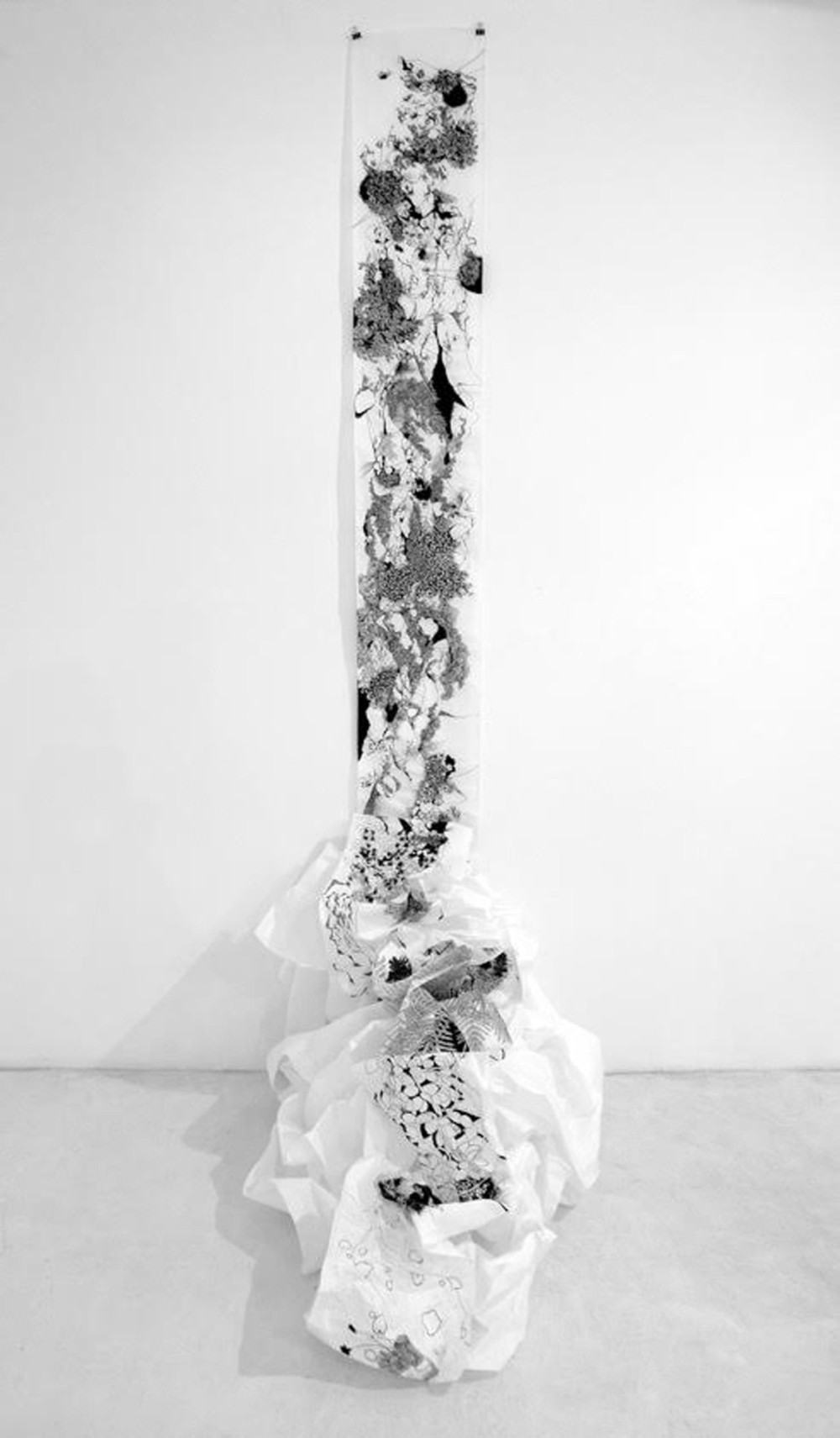

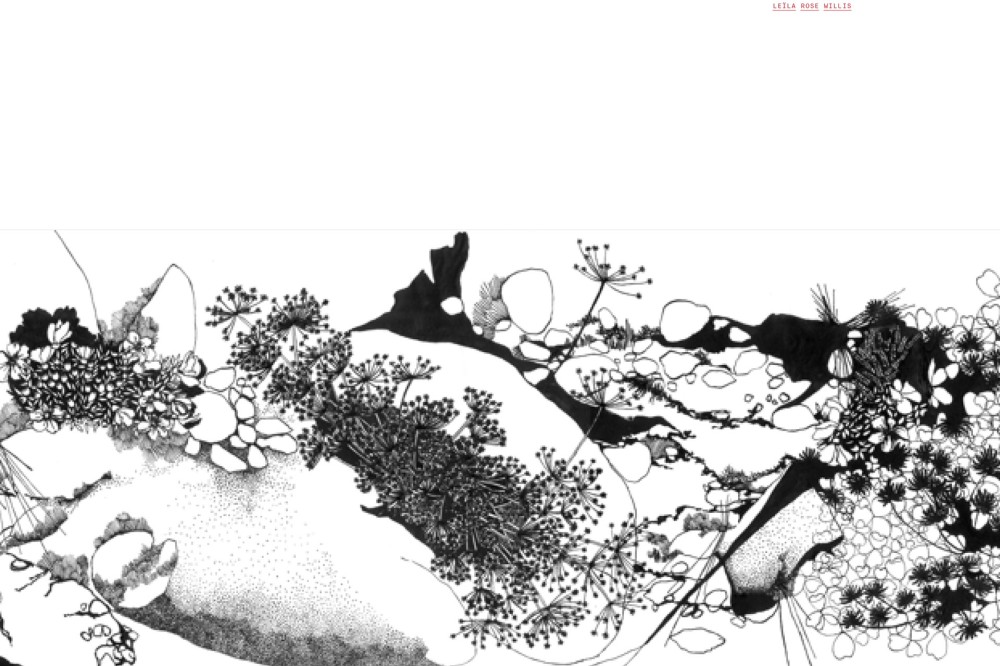
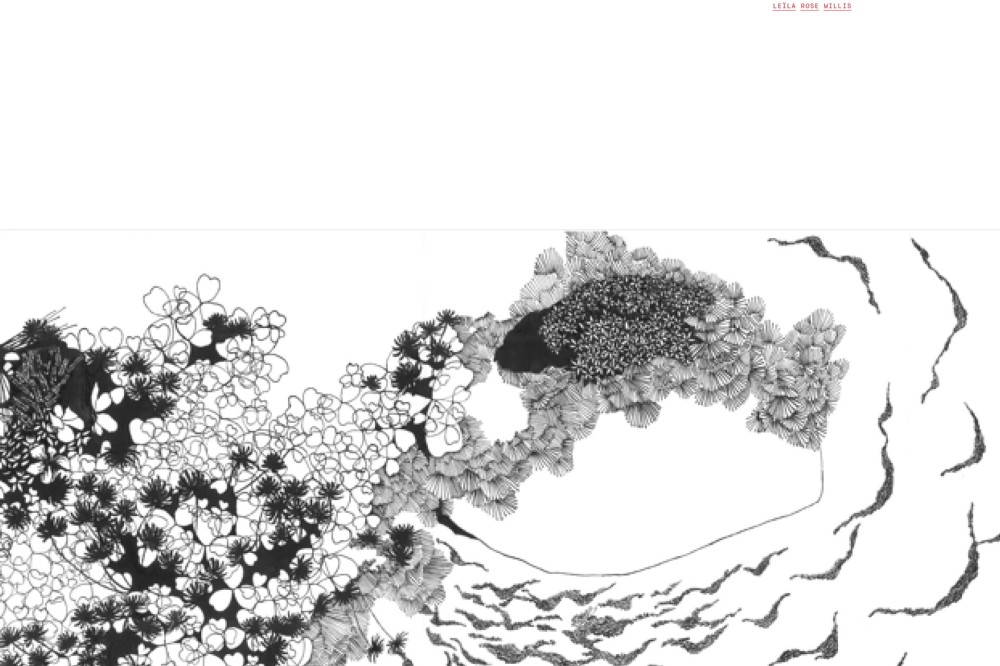
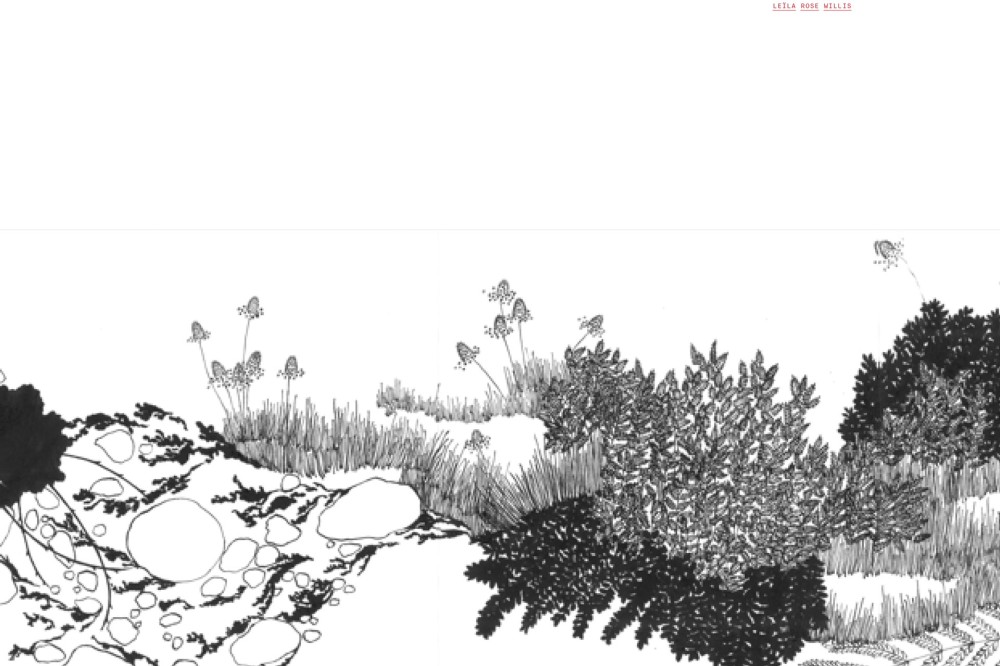
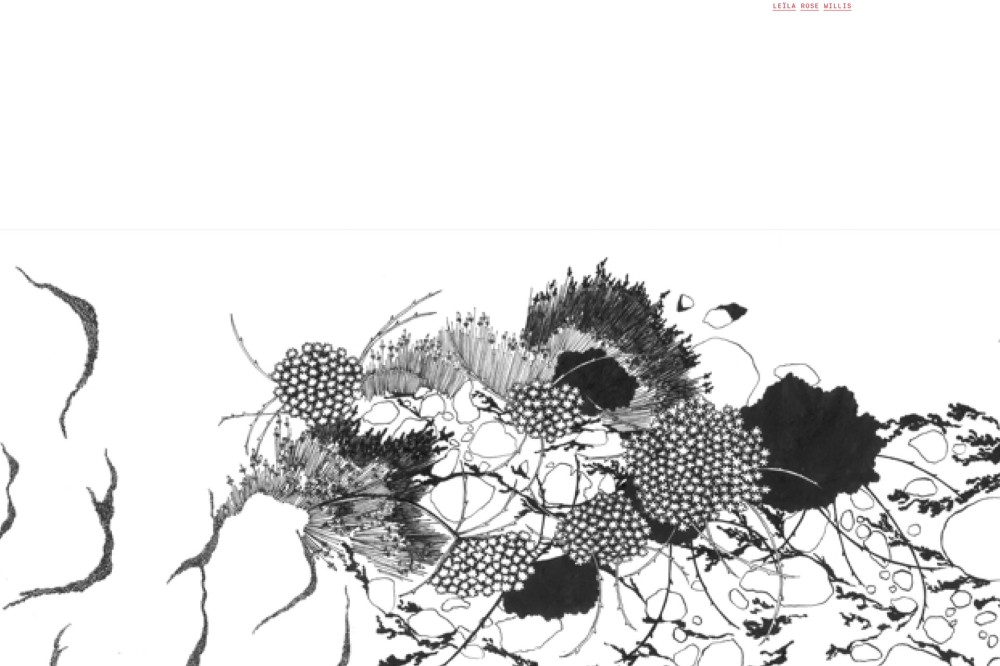
Semaphore Residency #8
A retreat residency, connected to the context of the Créac’h lighthouse on Ouessant.






Leïla Rose Willis’ work is built throughout journeys across space and time, where listening and observation are paramount. During and after her travels, she reconstructs memories, sometimes rescuing them from oblivion, revisiting them. Special attention is given to details that our distracted eyes no longer manage to perceive. Her stays and movements thus become the foundations upon which her work develops.
Leïla Rose Willis’ drawings, created during her residency at the Créac’h Semaphore, stem from her walks on the island of Ouessant. This island, with its microclimate, harbors delicate flora that can also withstand harsh weather conditions. Following her wanderings along the coastal paths, Leïla Rose Willis draws this flora from memory using Chinese ink. Like a journal or a travel notebook, her drawings document her discoveries, her passage—or rather, passages—on this island.
The unfolding of her days is reflected in her choice to work on a ten-meter-long and thirty-centimeter-wide roll of Chinese paper. This cascade of paper evokes the labyrinth of winding paths that crisscross the island. Its arrangement also recalls the waves, the ocean swells that the island and its inhabitants are constantly facing.
The plant species are accumulated, mirroring the undulating paper waves. This sinuous arrangement, intensified by its abundance, prevents the viewer from grasping them all at once or distinguishing them immediately. It is only by moving closer that we discover the meticulous and delicate nature of the drawings.
Through her approach, the artist appropriates traditional practices and/or blends them with those of other cultures. This continuous drawing, created on the island of Ouessant, is inspired by Chinese (Gakan) and Japanese (Emaki, etc.) paintings, evokes the attitude of 19th-century landscape artists, as well as that of herbarium authors.
Leïla Rose Willis thus seeks “to shape the remnants of elsewhere,” to renew our perspectives by appealing “to our ability to assemble and associate.” Here, she offers us a repertoire, a variation of floral memories—her herbarium of Ouessant Island—shaped like a poetry of drawn verses.
*Leïla Simon